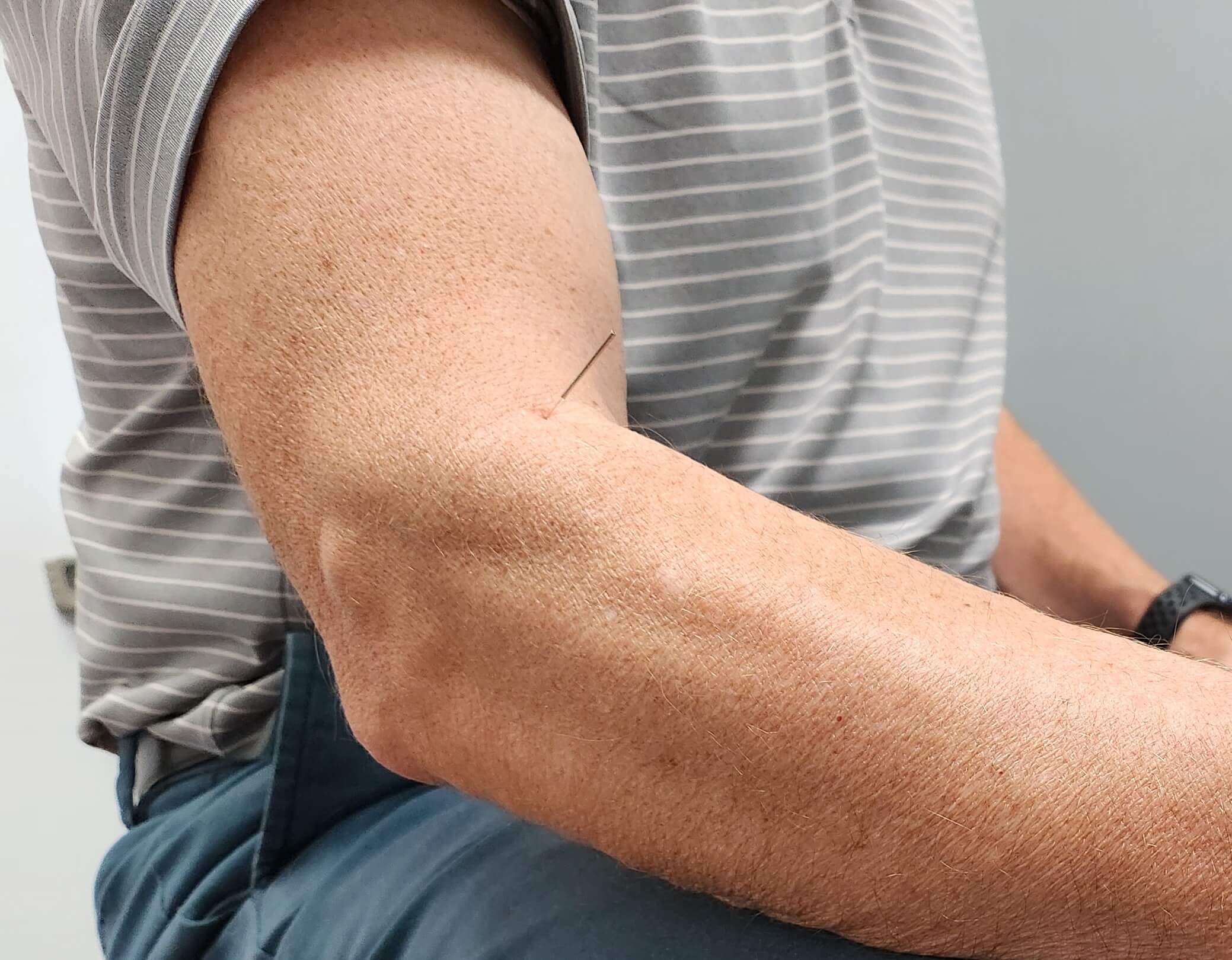Let’s Learn About Some Needle Insertion Techniques!
At Precision Movement and Therapies, we provide 2 needle insertion techniques: acupuncture and dry needling. Dry needling and acupuncture are both techniques that use thin needles to stimulate specific points in the body to treat various conditions such as pain, stress, stiffness, headaches, etc. Acupuncture and dry needling are often confused as they both involve the usage of thin needles. However, the techniques are quite different.
Traditional Acupuncture
Traditional acupuncture is based on traditional Chinese medicine, which views the body as a network of channels or meridians through which energy or Qi flows. Acupuncture needles are inserted into specific points along these channels to unblock energy flow and promote healing. Traditional acupuncture practitioners may also use other techniques, such as cupping, moxibustion, and herbal remedies to support the patient’s health and energy balance.
Anatomical Acupuncture
In contrast, anatomical acupuncture is based on Western medicine principles, which focus on the physical structures and functions of the body. Anatomical acupuncture practitioners use their knowledge of anatomy, physiology, and pathology to select acupuncture points that target specific structures and tissues in the body. This approach may involve the use of needles of varying lengths and gauges inserted at specific angles and depths to access the target structures. The practitioner may also use manual techniques such as fascial manipulation or active release techniques to enhance the effects of the acupuncture treatment.
Anatomical acupuncture has been shown to be effective in treating a wide range of conditions, including musculoskeletal pain and certain nerve issues. The anatomical approach can be particularly effective in treating conditions that involve specific structures, such as joints, muscles, or nerves. For example, anatomical acupuncture can be used to treat conditions such as low back pain, knee pain, carpal tunnel syndrome, and tennis elbow.
Dry Needling

Dry needling is a therapy that involves the insertion of fine, sterile needles into specific points in the muscle and surrounding tissues. This technique is designed to release muscle tension and reduce pain by targeting trigger points, or areas of tension and tightness in the muscle. Dry needling has gained popularity in recent years as a safe and effective treatment for a variety of musculoskeletal conditions, including back pain, neck pain, and shoulder pain.
How does Dry Needling Work?
The exact mechanism of action for dry needling is not well understood, but it is thought to work by stimulating the nervous system and releasing tension in the muscle. By needling specific trigger points, the therapist can activate the body’s natural healing response, leading to reduced pain and improved mobility.
What are the Benefits of Dry Needling?
Dry needling can provide several benefits for people suffering from muscle pain and tension. Some of the most notable benefits include reduced pain, improved mobility, increased range of motion, and reduced stiffness. In addition, dry needling can also help improve muscle function and reduce the risk of future injury.
What to Expect During a Dry Needling Session?
During a dry needling session, the therapist will first perform a physical exam to identify areas of tension and tightness in the muscle. The therapist will then use sterile acupuncture needles to needle these trigger points, with the aim of releasing muscle tension and reducing pain. Most patients report feeling little or no discomfort during the needling process, and some even find the treatment relaxing.
Is Dry Needling Safe?
Dry needling is generally considered to be a safe and effective therapy when performed by a trained and licensed practitioner. However, as with any needling procedure, there are some potential risks and side effects associated with dry needling. These may include mild discomfort at the needle site, bruising, and infection.
In conclusion, dry needling is a safe and effective therapy that can help reduce muscle pain and tension, improve mobility, and reduce the risk of future injury. If you are interested in trying dry needling and acupuncture, book an appointment with Dr. Ian Ledger, Dr. Chris Notley or Gilbert Magne at Precision Movement and Therapies, and they can help determine if this therapy is right for you.




